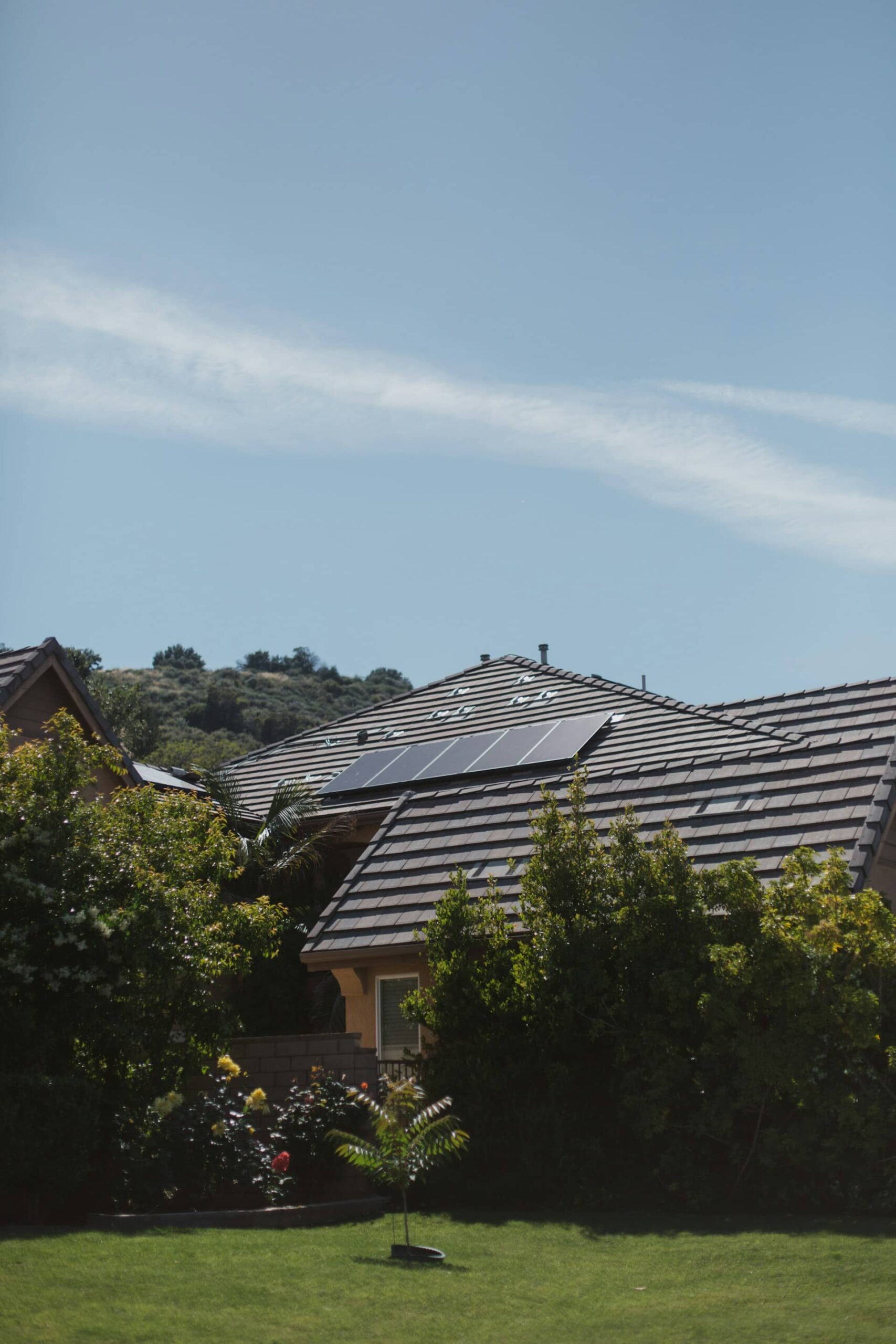Yesterday, the Australian Energy Market Operator (AEMO) unveiled its latest roadmap, the Integrated System Plan (ISP), outlining a pathway to achieve a net-zero energy system by 2050.
What is the ISP?
The ISP represents AEMO’s plan for an optimal development pathway that includes the necessary generation, firming, and transmission to transition Australia’s energy system to net zero by 2050. This plan is the product of two years of analysis and consultation. You can download the latest ISP here.
The ISP presents that the cheapest and most reliable way for us to get to net zero is through renewable energy, connected by transmission and distribution networks and backed up by gas-powered generation.
Key Takeaways from the 2024 ISP
Individuals, households, small businesses, communities to play a critical role
Consumer energy resources such as rooftop solar panels, batteries, and electric vehicles are crucial and have been identified as a key element of the ISP. If coordinated effectively, these resources can significantly support the power system, reduce costs, and lower emissions – while also reducing the owner’s power bills. The 2024 ISP highlights that coordinated consumer batteries could eliminate the need for an additional $4.1 billion in grid-scale storage investment, while enhancing energy reliability and security.
The need for speed
While progress has been made – 40% of electricity came from renewables last year, expected to rise to 50% by the end of next year – both generation and transmission project rollouts are lagging. We need new wind, solar and transmission to reach our renewables targets and keep the lights on as coal fired power stations retire. Approval processes, investment uncertainties, cost pressures, social licence challenges, supply chain issues and workforce shortages are slowing down progress.These hurdles threaten the Federal Government’s target of 82% renewables by 2030.
Solutions Community Power Agency is advocating for
Renewable energy access for all
Community Power Agency welcomes the news that consumers have a big role to play. We see this as a huge opportunity for people to participate in and benefit from the renewable energy transition. However, energy equity must be prioritised. Up to 30% of Australians – renters, apartment dwellers and those with unsuitable roofs – are currently “locked out” of solar energy benefits.
Haystacks Solar Garden, Australia’s first large-scale community solar garden, serves as a model for improving solar accessibility. It allows anyone to purchase a “plot” of solar and reap the benefits on their electricity bill. Government and industry should support similar initiatives to expand solar access to those currently excluded.
Moreover, the upfront costs of many renewable technologies pose a barrier to low-income households. Ensuring these households have access to renewable opportunities is essential to prevent widening the energy equity gap.
Local Energy Hubs to boost social licence
The ISP highlights challenges around social licence (i.e gaining community acceptance and trust for renewable projects). From our extensive experience working with communities, we know that two key components of gaining a social licence are trust and fairness, achieved through meaningful participation opportunities, good relationships and access to quality information.
Community Power Agency and our allies, have been advocating to government to fund solutions to boost positive outcomes for regional communities hosting renewables infrastructure – such as a network of 50 Local Energy Hubs in Renewable Energy Zones across Australia staffed by trusted, local experts to provide information on topics such as local renewables, transmission projects and household and business electrification.
